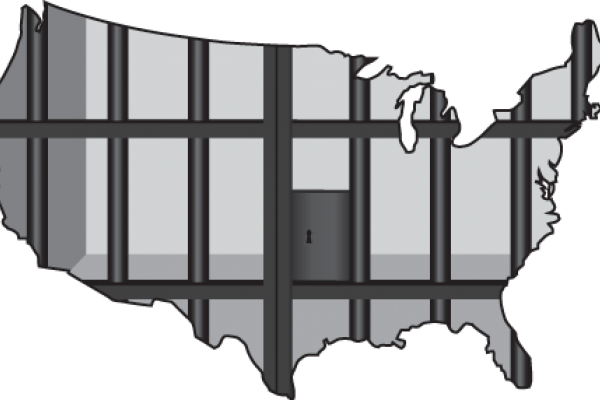Before selling illegal drugs, Dejarion Echols worked several years for a youth correctional agency and a psychiatric residential-treatment facility for teenagers. He decided to pursue a college education but couldn’t afford to be a full-time student. Desperate to make money, the unemployed, 23-year-old, engaged father of two sold crack cocaine for six months in 2004.
Any chance Dejarion had for a meaningful, productive life quickly ended. On a tip, police searched his home, found 44 grams of crack cocaine, $5,700, and an unloaded rifle. After pleading guilty, Dejarion received two mandatory 10-year sentences: one for the drugs, the other for the gun.
Dejarion admits he sold drugs. He denies the gun had been used in illegal-drug activity.
The presiding federal judge, Walter S. Smith, expressed frustration at having to impose such a sentence. “This is one of those situations where I’d like to see a congressman sitting before me,” he said, explaining that he was powerless to reduce it because of federal mandatory-minimum sentencing law.
Enacted by Congress decades ago, mandatory-minimum sentences have dramatically affected the federal criminal-justice system. Since 1980, the federal prison population has increased 800 percent , largely due to drug-related mandatory-minimum sentences. The federal system is the largest in the United States holding 217,000 prisoners, half of whom are incarcerated for a drug offense. Fewer than 8 percent of federal prisoners are incarcerated for a violent crime.
Read the Full Article

